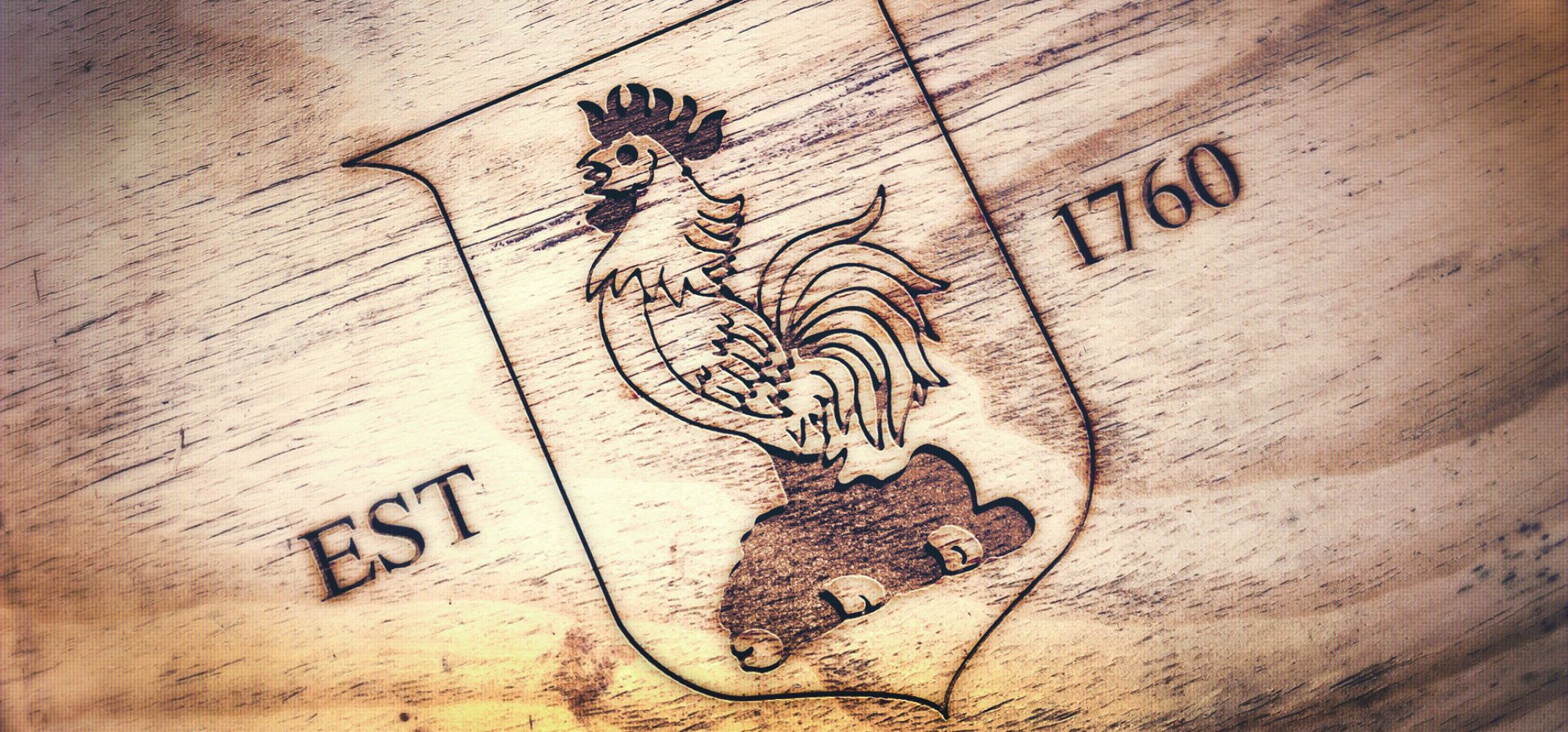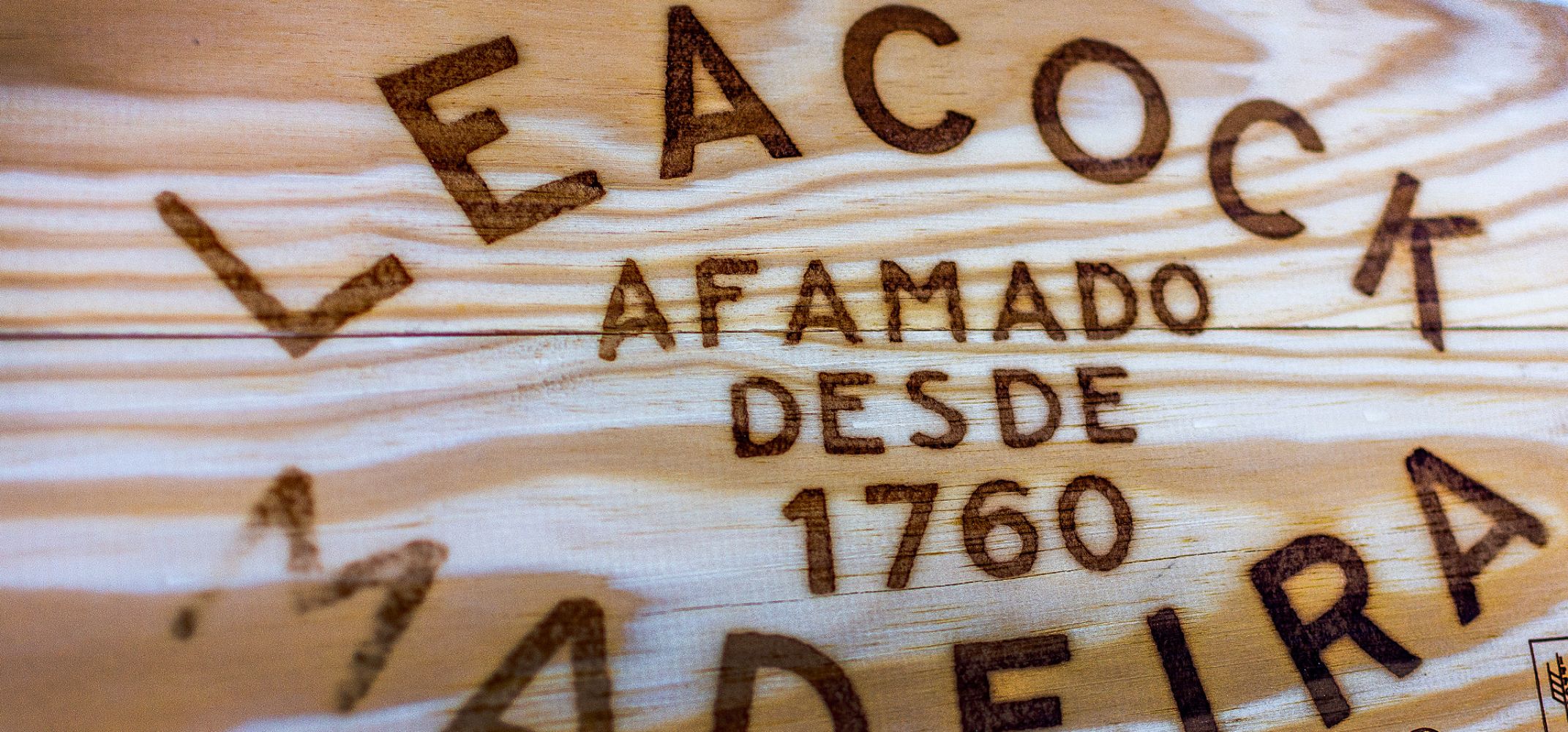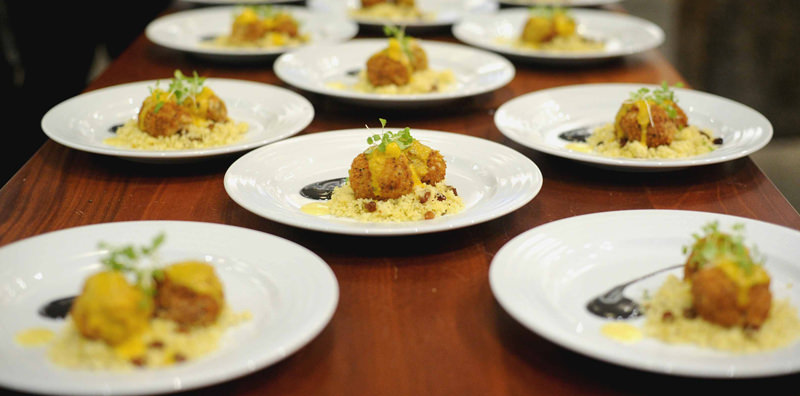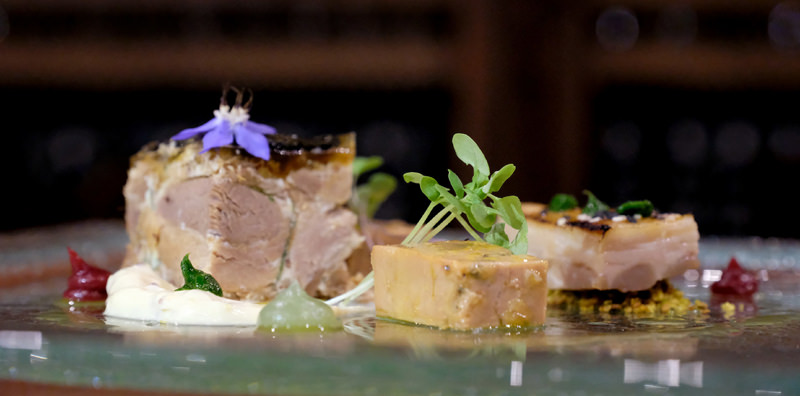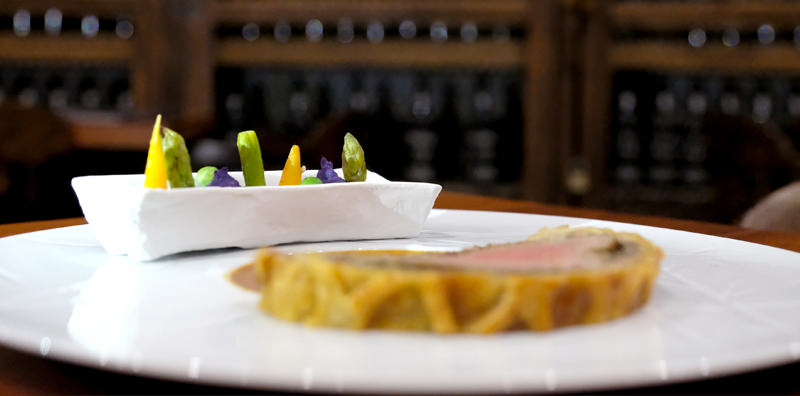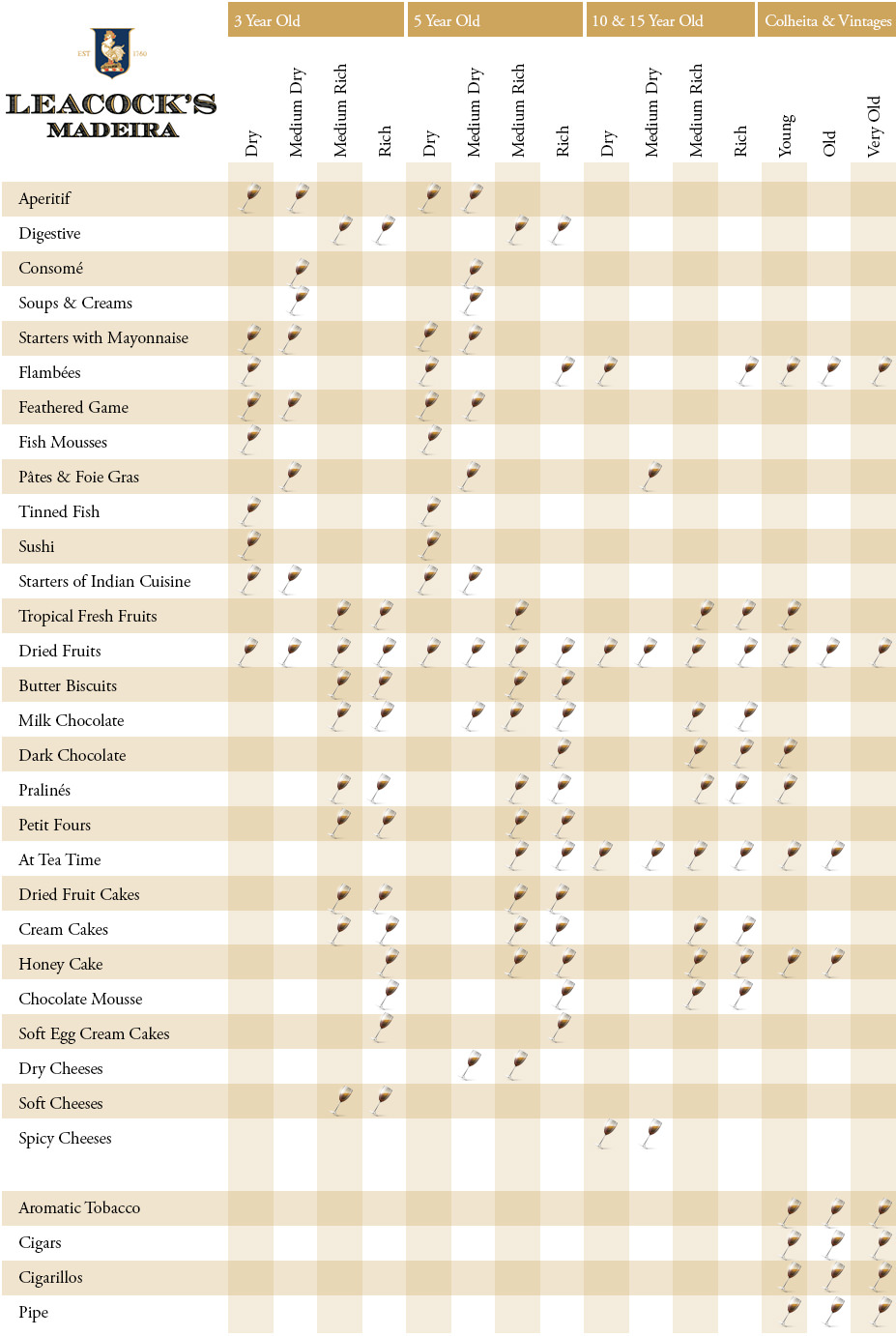Our History
John Leacock sailed to Madeira from the United Kingdom (after the death of his father) in 1741 and at the age of 15 became the youngest apprentice at the firm of Madeira merchants, Catanach and Murdoch, staying until his contract expired on 11 March 1749. During his apprenticeship, he had been in constant contact with an old-school friend, John Patient, residing at that time in Charlestown, South Carolina who suggested that they themselves should commence trading. Leacock agreed and this marks the birth of the now world famous company.
Leacock's Madeira Wine His partnerships and business associates are not easy to follow. We do however know that George Spence (former partner of a rival shipping firm, Newton and Spence - now known as Cossart & Gordon), joined him in 1758, Michael Nowlan in 1759 and John Russell Spence, son of George Spence joined in 1762.
By far the most distinguished of the family was Thomas Slapp Leacock whose tenacity in identifying and treating the phylloxera vatatrix vine disease at his Saint John vineyard saved the island's traditional grape varieties.
His initial treatment of applying a solution of resin and turpentine in hot water to the principal roots of the vine proved to be a successful though expensive form of preventing the disease. He later donated his outstanding research to Cambridge University in Britain.
His son, John Leacock, joined the Comissão Anti-Filoxérica where upon it was decided to establish a treatment post and a nursery of American vines at his Saint John vineyard. It had now become widely known that grafting the local vines onto the phylloxera resistant American rootstocks proved to be the only efficient method of preventing the disease.
In 1925, the wine industry was going through tough times and so both Leacock's and Blandy's amalgamated their interests and joined the Madeira Wine Association (now the Madeira Wine Company). Leacock's today is one of the main brands in the company and whose main markets include the United States of America, the Scandinavian countries, and the United Kingdom.
Leacock's Madeira Wine His partnerships and business associates are not easy to follow. We do however know that George Spence (former partner of a rival shipping firm, Newton and Spence - now known as Cossart & Gordon), joined him in 1758, Michael Nowlan in 1759 and John Russell Spence, son of George Spence joined in 1762.
By far the most distinguished of the family was Thomas Slapp Leacock whose tenacity in identifying and treating the phylloxera vatatrix vine disease at his Saint John vineyard saved the island's traditional grape varieties.
His initial treatment of applying a solution of resin and turpentine in hot water to the principal roots of the vine proved to be a successful though expensive form of preventing the disease. He later donated his outstanding research to Cambridge University in Britain.
His son, John Leacock, joined the Comissão Anti-Filoxérica where upon it was decided to establish a treatment post and a nursery of American vines at his Saint John vineyard. It had now become widely known that grafting the local vines onto the phylloxera resistant American rootstocks proved to be the only efficient method of preventing the disease.
In 1925, the wine industry was going through tough times and so both Leacock's and Blandy's amalgamated their interests and joined the Madeira Wine Association (now the Madeira Wine Company). Leacock's today is one of the main brands in the company and whose main markets include the United States of America, the Scandinavian countries, and the United Kingdom.
Madeira Island Terroirs
The Island Terroirs
PDO Madeira
(Protected Designation of Origin) Main grape varieties distribution map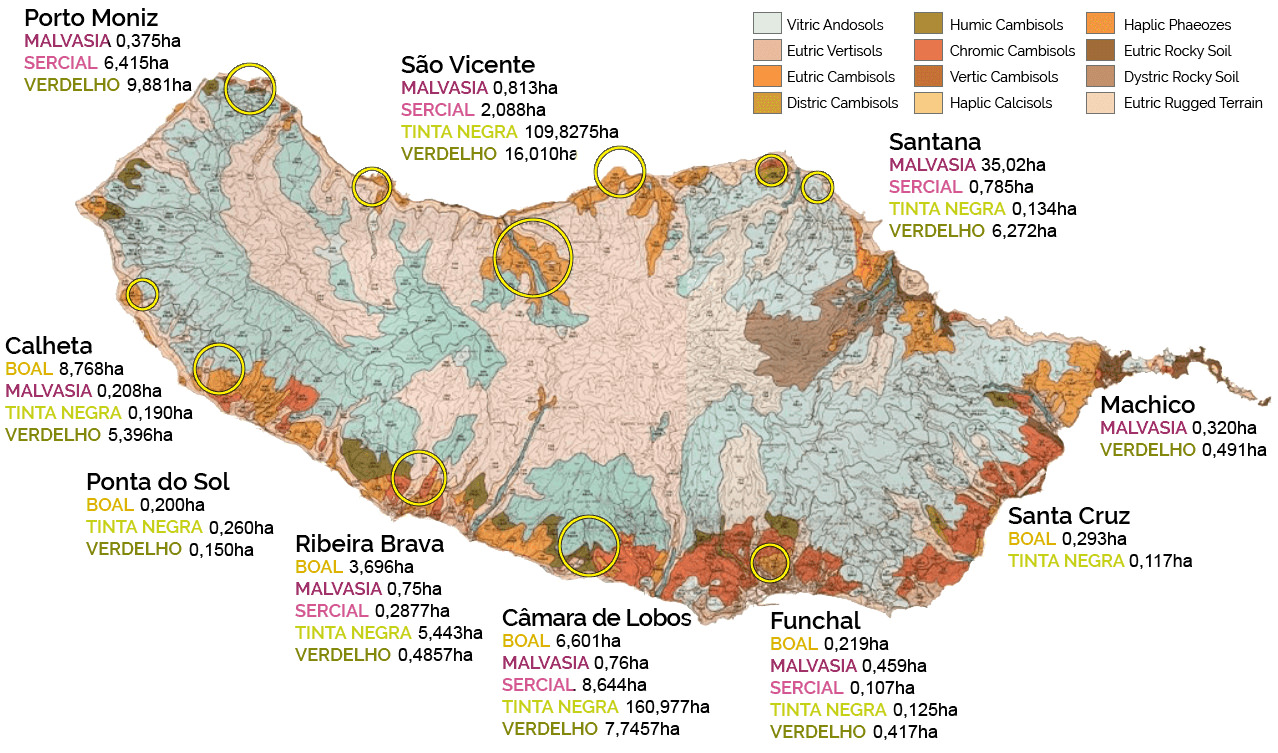
Drinking Leacock's Madeira
Our Cocktails
Madeira On Ice
5 cl Madeira LEACOCK'S Dry
15 cl Fizzy drink Lemonade
3 cl Lime Juice Concentrate
Decoration:
Orange Slice
Lemon Slice
Madeira Soul
4 cl LEACOCK'S RAINWATER
25 cl Tonic Water
2 cl Orange Juice
1 cl Lime Juice
Decoration:
Orange Zest
Lime Zest
Mint Leaf
Perfect Host
4 cl Madeira LEACOCK'S Dry
3 cl Gin
2 cl Passion Fruit Pulp
1,5 cl Lime Juice
1,5 cl Sugar Syrup
Decoration:
Dehydrated Lime
Bay Leaf
LEACOCK'S Essence
Madeira Gold
5cl LEACOCK'S Madeira wine 5 y.o. dry
3cl Orange liqueur
1cl Fig syrup
5cl Lemonade zero sugar
Place a few ice cubes in a shaker, add the Madeira wine, orange liqueur and the fig syrup.
Shake well, pour the contents into a glass and add the lemonade. Add a slice of orange peel.


